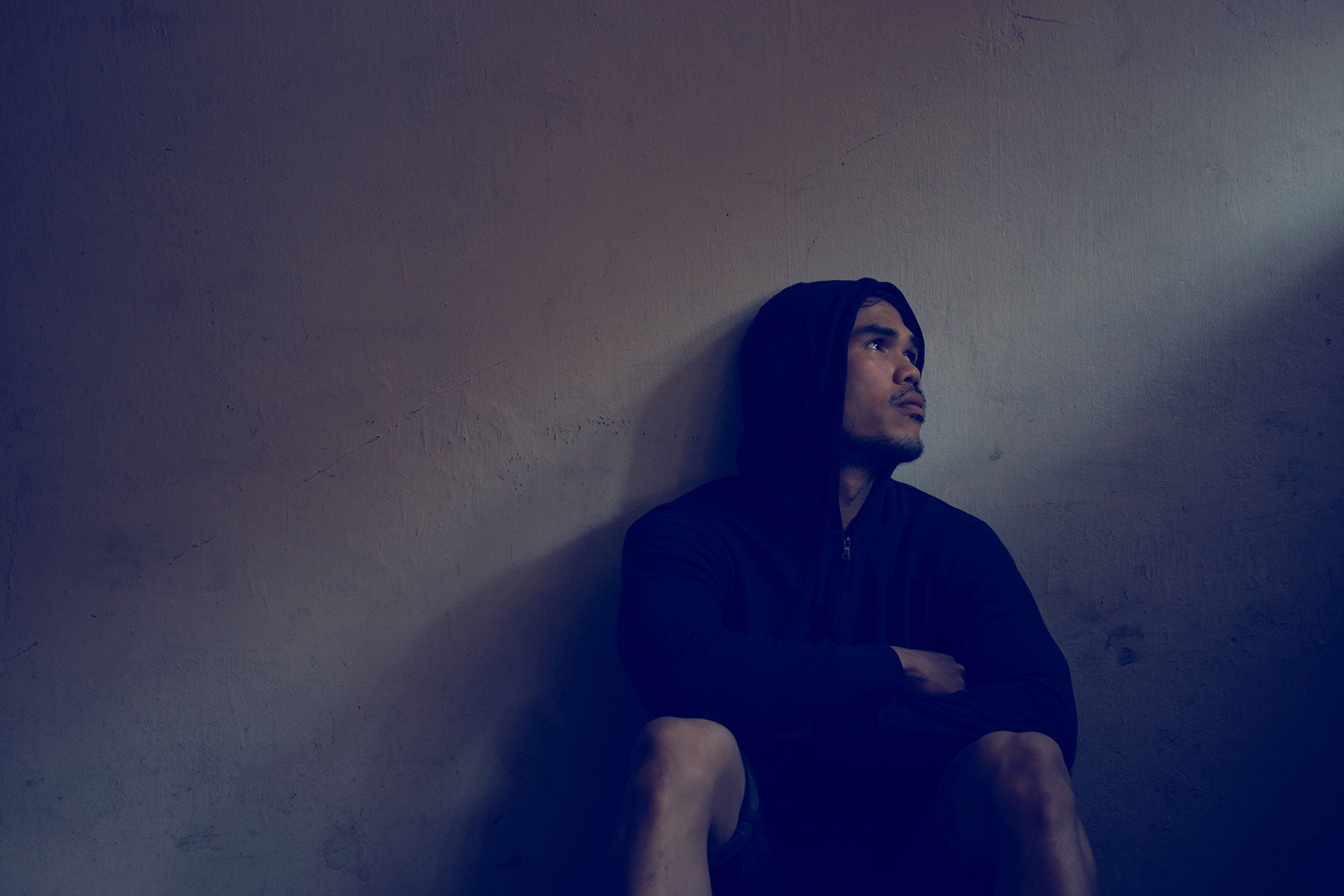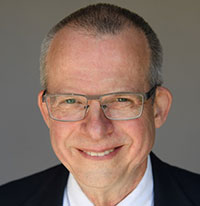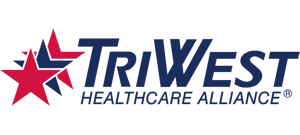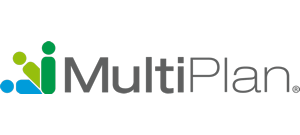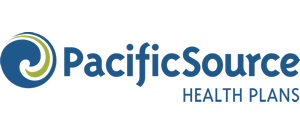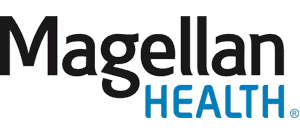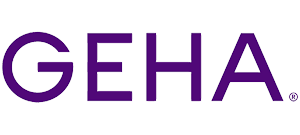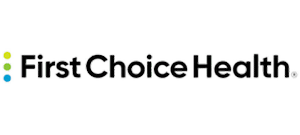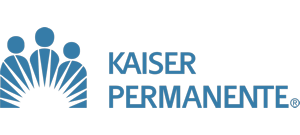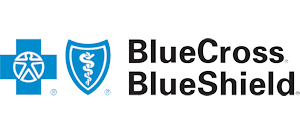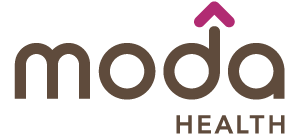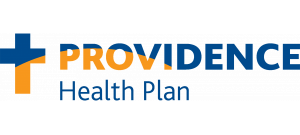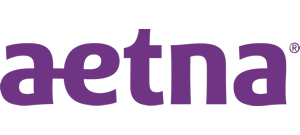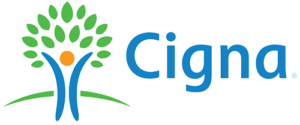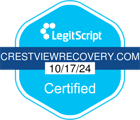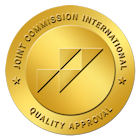The heroin withdrawal timeline describes how long it takes for the drug to leave the body and withdrawal symptoms to subside. While detox and withdrawal can take place at an addiction treatment center, some people try to self-detox at home. This is a dangerous practice that may cause relapse, overdose, and fatality. To avoid the risks posed by heroin overdose symptoms, individuals can consider heroin addiction rehab at Crestview Recovery, which serves clients in the Pacific Northwest.
What Is Heroin, and Why Is It So Addictive?
The National Institute on Drug Abuse rates heroin as a very addictive opioid processed from morphine found in the opium poppy plants. People inject, smoke, or swallow it for euphoria, pain relief, or the calming effects it creates. What they don’t realize is how easy it is to get “hooked” on the drug.
The synthetic opioid can cause dependency even after the first dose. It affects the brain by binding the natural opioid receptors and changing how the brain feels pain and pleasure. The changes make the user believe they need the drug to function as normal. Instead, they become more and more addicted. The risk of heroin overdose also increases.
What Is the Heroin Withdrawal Timeline?
Heroin is a fast-acting drug that enters and leaves the bloodstream quickly. Heroin withdrawal happens spontaneously as the drug starts to leave the body. Mild to severe physical, mental, and emotional withdrawal symptoms usually develop during this time. For these reasons, heroin detox and withdrawal from heroin should be done with the assistance of a certified physician.
Notwithstanding, a person who is considering heroin addiction treatment usually wants to know how long heroin withdrawal lasts. A review of the heroin withdrawal timeline below gives you a gist of what occurs at different phases. It also helps you to mentally prepare for your first step towards a drug-free life.
Day 1 to 3: About 6 to 12 hours after the last dose, mild flu-like symptoms develop, including runny nose, body aches, pain, sweating, chills, and abdominal cramps. Moderate symptoms including fatigue, diarrhea, restlessness, and vomiting, develop and intensify by day 3.
Day 4 to 6:Troubled breathing, anxiety, depression, hallucinations, intense cravings, rapid heart rate, and insomnia are severe symptoms common during this time.
Day 7 to 10:The symptoms begin to wear off, but drug cravings and psychological symptoms such as depression, anxiety, or mood swings may continue to linger.
Most of the symptoms subside by week two after the last dose. However, post-acute withdrawal symptoms like cravings, anxiety, and depression can come and go for weeks, months, or even years after. This is why follow-up treatment for heroin addiction is an important part of recovery.
Factors That Affect the Heroin Withdrawal Timeline
The heroin withdrawal timeline is not a one-size-fits-all. Various factors determine the severity of the symptoms and the length of the process. They include:
- How potent the drug is
- Length and method of heroin use
- The person’s physical health
- Dose amount and frequency
- Underlying disorders or mental issues
- Use of alcohol or other drugs with heroin
Medication therapy at a detox center can help to reduce symptoms such as heroin cravings, depression, and anxiety. For example, Naltrexone is a medication used for treating heroin withdrawal symptoms. It is also approved for treating heroin overdose symptoms.
Heroin Addiction Treatment at Crestview Recovery

While heroin withdrawal symptoms are unbearable, they are not nearly as frightening as the consequences of an overdose. Once you push through the heroin withdrawal timeline, you can begin behavioral and holistic therapies to boost your chances of a lasting recovery. We can help you to understand the cause of the addiction and how to cope with cravings to prevent relapse. The men’s and women’s rehab programs are designed to meet the individual needs of the client following detox. These programs include:
Outpatient Treatment
Outpatient treatment involves visiting a rehab center on a regular basis to receive any necessary medication, therapy, and counseling. It allows individuals to continue living at home while attending appointments and receiving support from experienced professionals.
Partial Hospitalization
A partial hospitalization program (PHP) is a more intensive form of outpatient treatment for heroin addiction. It consists of structured, supervised activities and therapies that focus on the individual’s physical and mental health.
Intensive Outpatient (IOP) Treatment
Intensive outpatient treatment (IOP) is a step below partial hospitalization and usually involves attending three to five sessions per week. It provides an intensive level of care as people receive therapy, counseling, and/or medication management services while still living at home.
Extended Care Addiction Treatment
Extended care addiction treatment helps individuals maintain sobriety long-term. It involves attending regular meetings, counseling sessions, and other activities that focus on relapse prevention and developing healthy coping mechanisms.
Mental Health Disorder Treatment
Mental health disorder treatment is an important component of any heroin addiction recovery program. In fact, mental health issues can cause or exacerbate substance use, so individuals need to address these issues in order to achieve lasting recovery.
Rehab Aftercare
Rehab aftercare is a comprehensive plan that provides support and guidance following residential treatment. Aftercare services are important for helping individuals stay on track with their recovery goals and build skills needed for long-term success in sobriety.
Take Your Life Back From Heroin Addiction
Crestview Recovery is a JCAHO-accredited rehab that treats all types of substance use disorders. We help adults 18 years and over from Seattle, Portland, Oregon, Idaho, and Montana re-establish a drug-free life. Our qualified and compassionate addiction treatment professionals will assist you every step of the way. Call 866.262.0531 to find out about a program that fits you.

